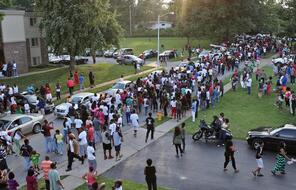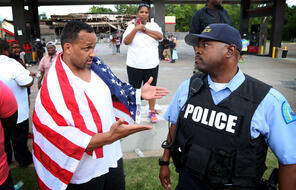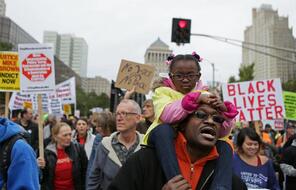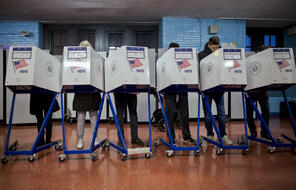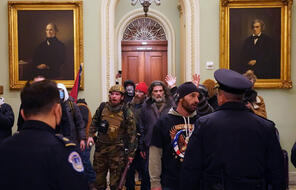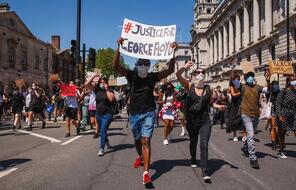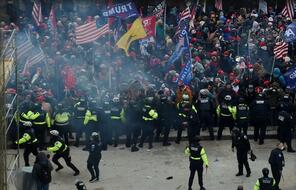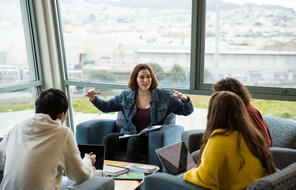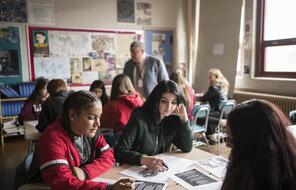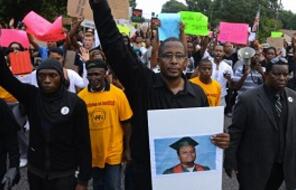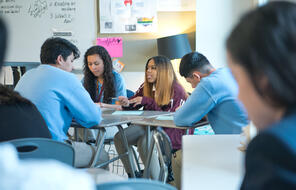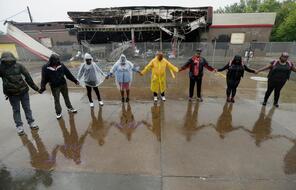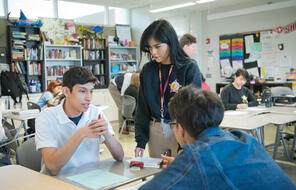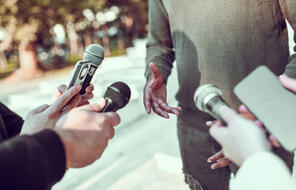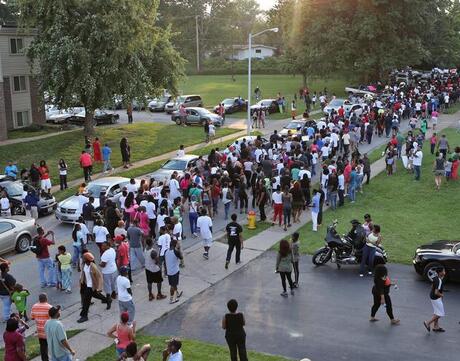
Social Media and Ferguson
Duration
Two 50-min class periodsSubject
- Civics & Citizenship
- History
- Social Studies
Grade
9–12Language
English — USPublished
Overview
About This Lesson
Social media posts by eyewitnesses and community members were the first sources of information shared about the shooting in Ferguson. In fact, the enormous activity on social media helped put Ferguson on the national and international map.
This lesson begins with students reflecting on how they use social media and considering how it can hinder or contribute to civil dialogue. Students then explore the challenges journalists experience as they use social media as both a source of information and a channel of communication.
By employing the same framework from the previous lesson to analyze social media posts, students will develop a deeper understanding of how these outlets differ from other sources of news and information.
Lesson Plans
Activities
Materials and Downloads
Quick Downloads
Download the Files
Get Files Via Google
Unlimited Access to Learning. More Added Every Month.
Facing History & Ourselves is designed for educators who want to help students explore identity, think critically, grow emotionally, act ethically, and participate in civic life. It’s hard work, so we’ve developed some go-to professional learning opportunities to help you along the way.
Exploring ELA Text Selection with Julia Torres
On-Demand
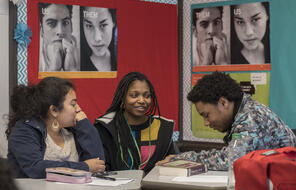
Working for Justice, Equity and Civic Agency in Our Schools: A Conversation with Clint Smith
On-Demand
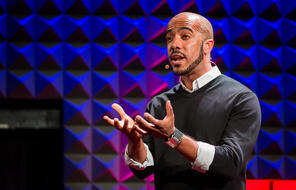
Centering Student Voices to Build Community and Agency
On-Demand


